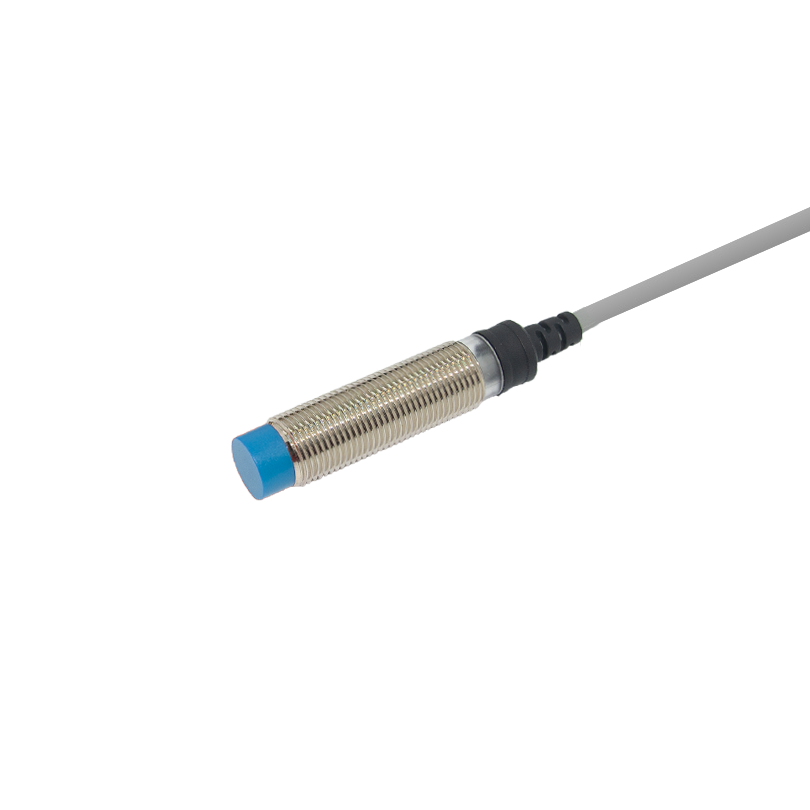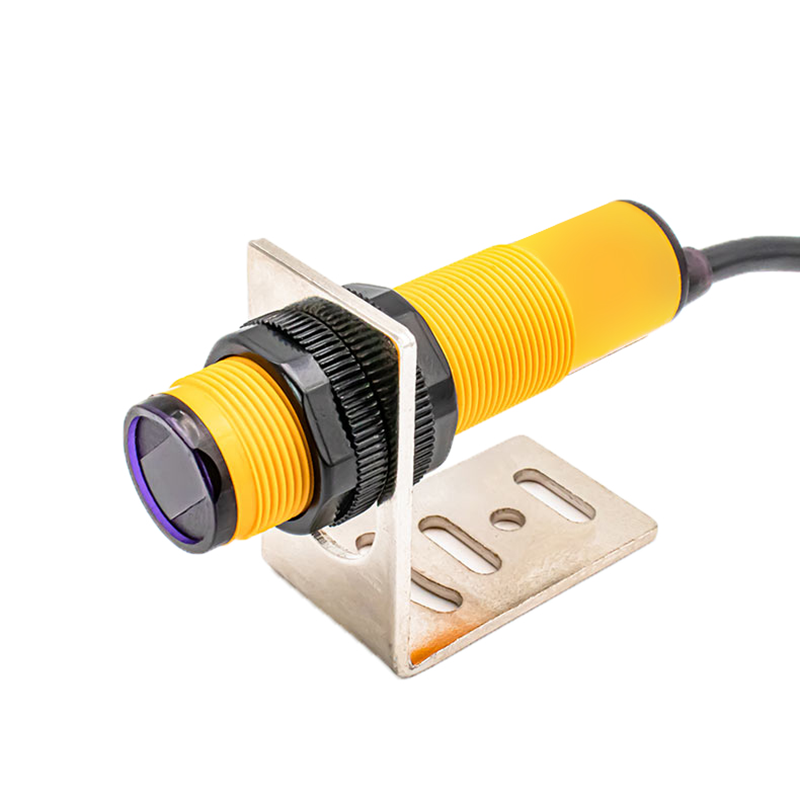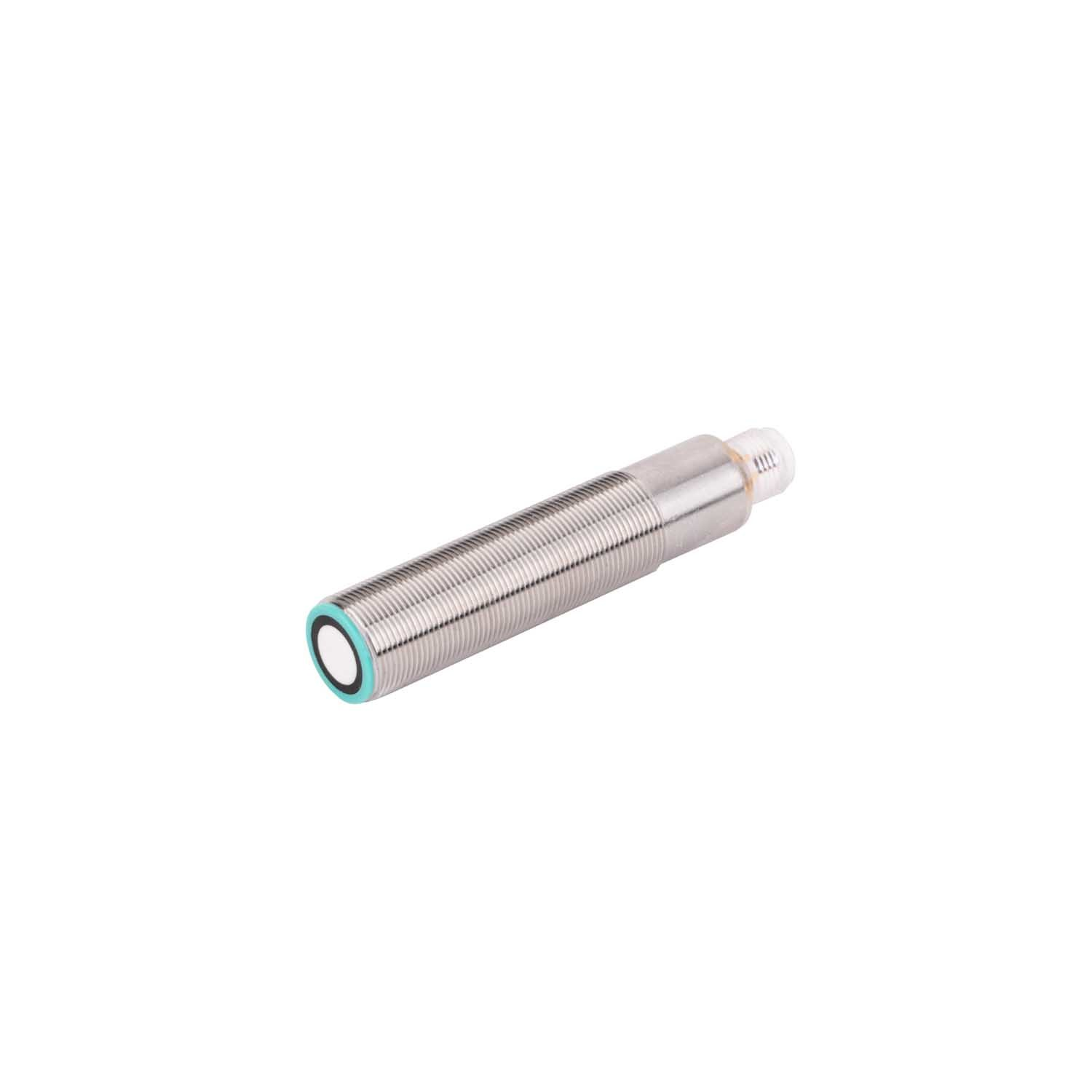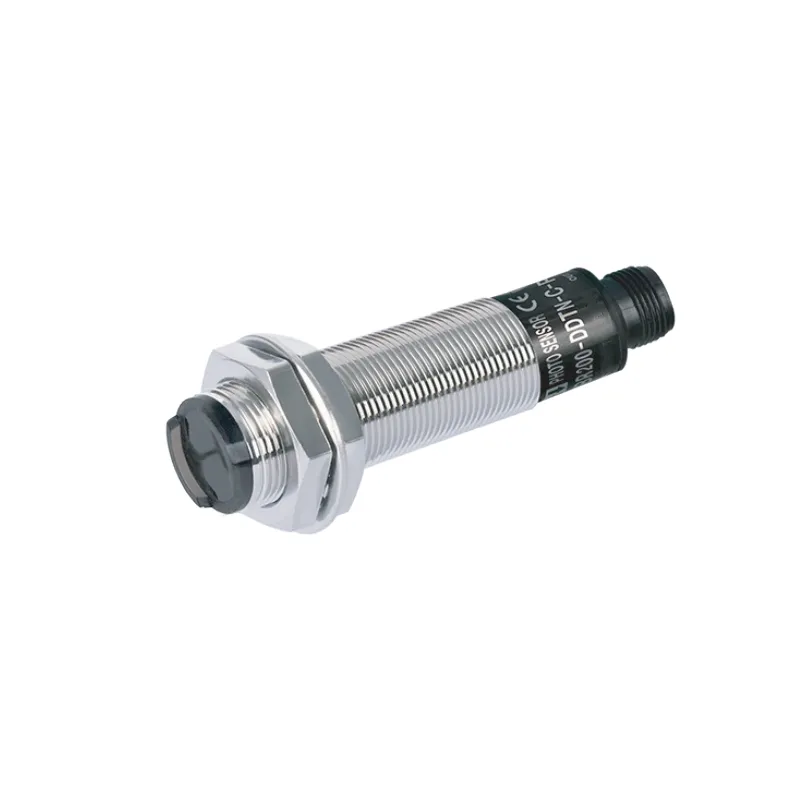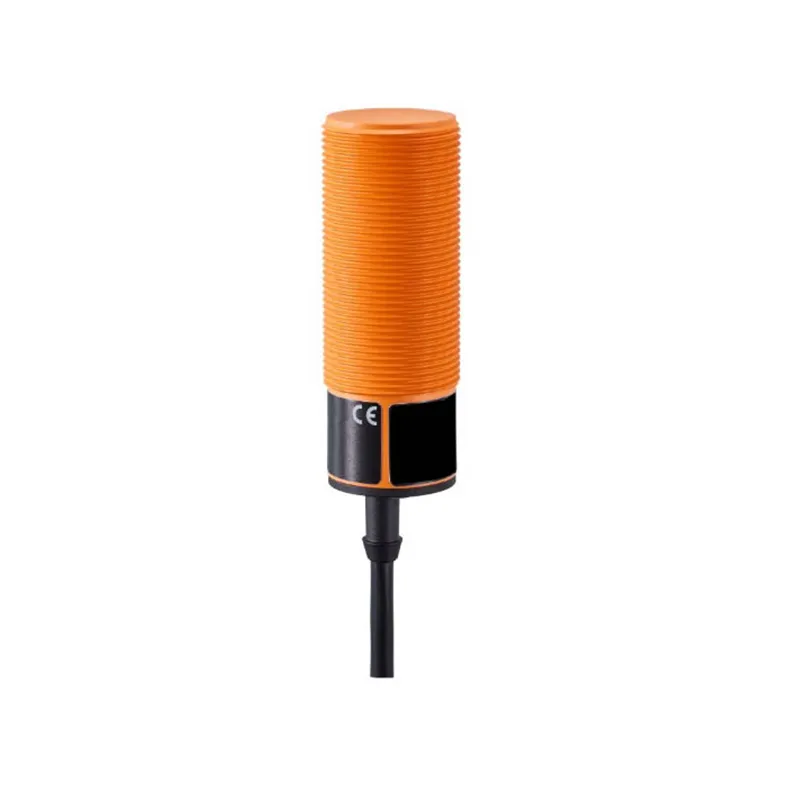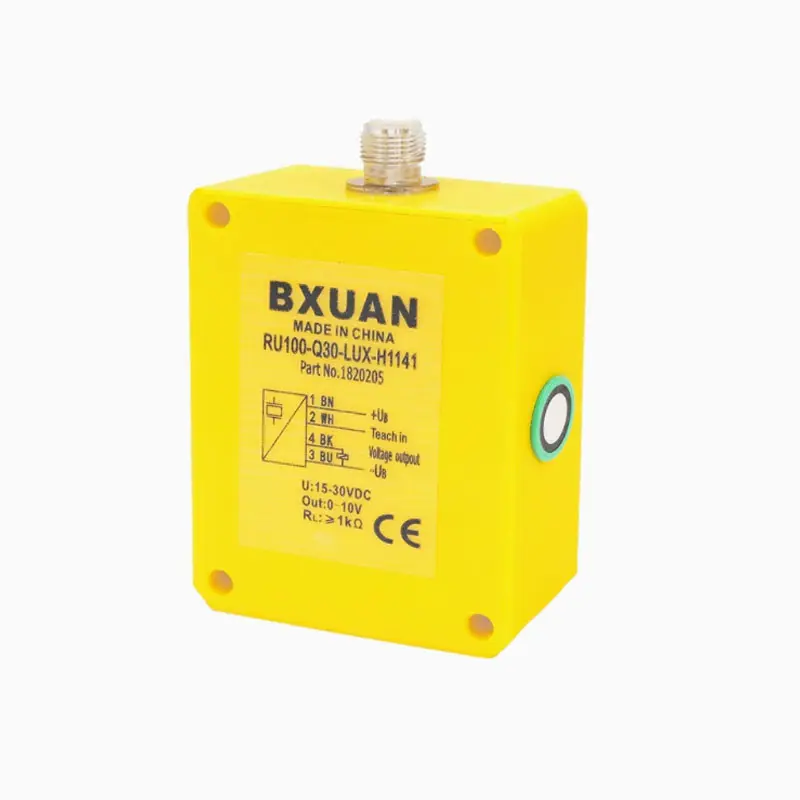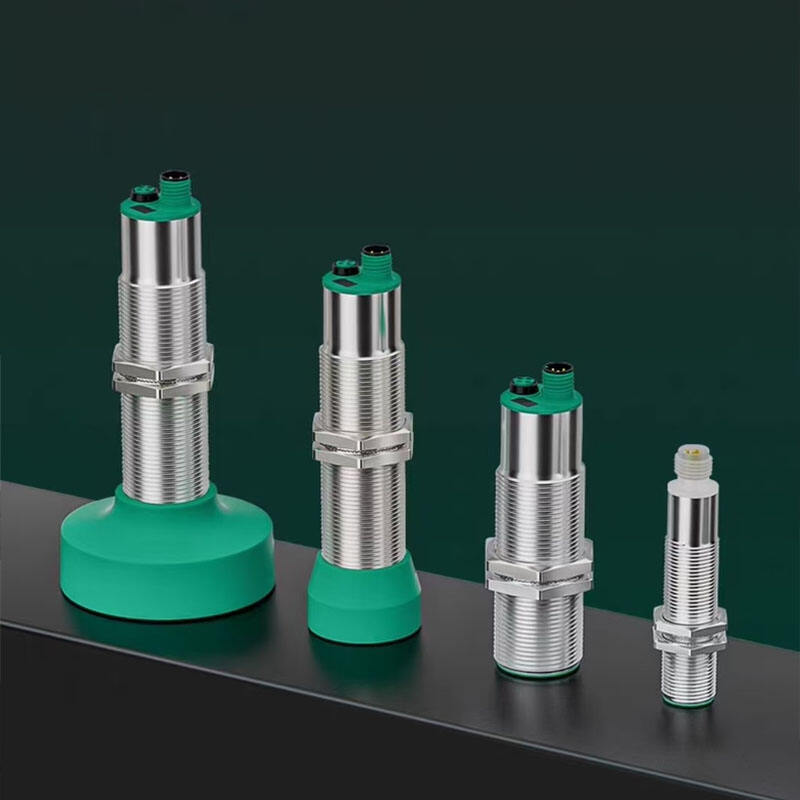miniature photoelectric sensor
Miniature photoelectric sensors represent a groundbreaking advancement in industrial automation and sensing technology. These compact devices utilize advanced optical technology to detect objects through light emission and reception, offering exceptional precision in confined spaces. The sensor's miniature design, typically measuring just a few millimeters, allows for seamless integration into tight spaces while maintaining robust detection capabilities. Operating through various sensing modes including through-beam, retro-reflective, and diffuse reflection, these sensors employ LED light sources to detect objects regardless of their material composition. The technology incorporates sophisticated circuitry that enables rapid response times, typically in microseconds, ensuring reliable object detection even in high-speed applications. Modern miniature photoelectric sensors feature adjustable sensitivity settings, multiple output options, and enhanced immunity to ambient light interference. Their versatility extends across numerous industries, from semiconductor manufacturing to packaging automation, where precise object detection in limited spaces is crucial. These sensors excel in applications requiring non-contact detection, offering both digital and analog output options to accommodate diverse control system requirements.

